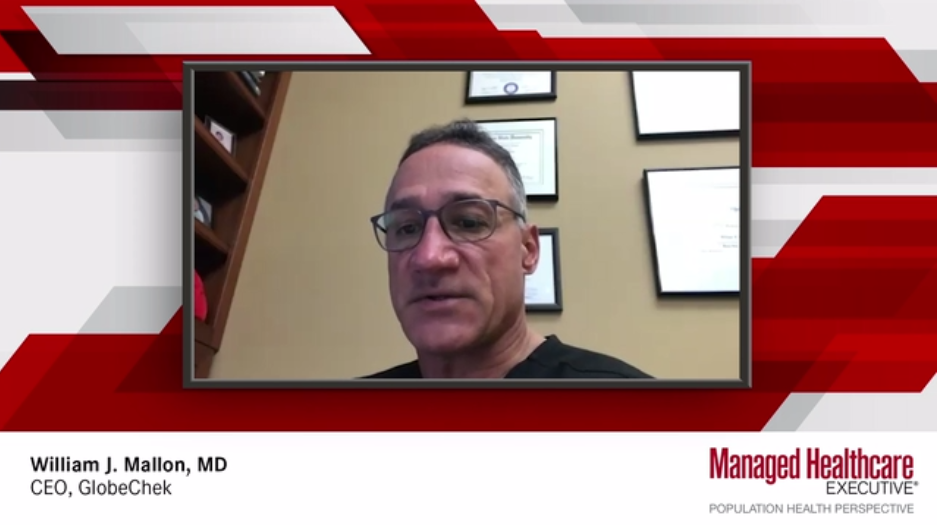Novel Opthalmic Therapies in the Pipeline

Further innovations in treatment for eye disease are expected in the future. Understanding genetic components to therapy response will help individualize treatments for better results. Single nucleotide polymorphisms in genes may influence treatment response in wet AMD. Meanwhile, clinical trials are ongoing for current anti-VEGFs. CAN-TREAT is reviewing ranibizumab dosage and extended frequency for wet AMD. LUMINOUS is a 5-year outcomes-related trial of ranibizumab for wet AMD and other eye diseases. RIVAL compares aflibercept and ranibizumab with a treat-and-extend regimen for AMD. Several other new therapies for eye diseases are also in the pipeline.
There is growing concern regarding eye disease among older Americans. Early detection and treatment are critical. The use of effective therapies is important, beginning with helping patients to adhere to recommendations for screenings, eye examinations, and treatment. Such initiatives can improve outcomes for patients and reduce costs for the health care system. They also can improve quality measure outcomes and ratings for providers and practices. Just as population health executives are preparing for increases in the prevalence of health conditions such as cardiovascular disease, diabetes, and cancer among aging adults, executives must also consider the growing impact of eye disease and plan for the onset of an increasing clinical and economic burden from visual conditions as the population ages. Being prepared with strategies to manage these conditions will allow for optimization of resources and outcomes.
Newsletter
Get the latest industry news, event updates, and more from Managed healthcare Executive.


















































